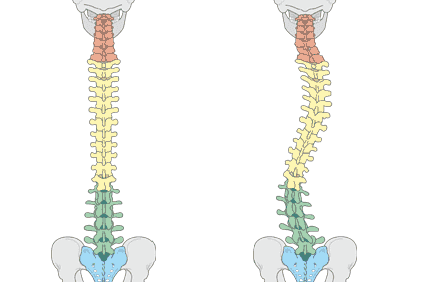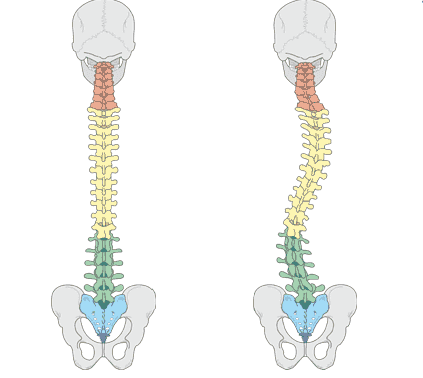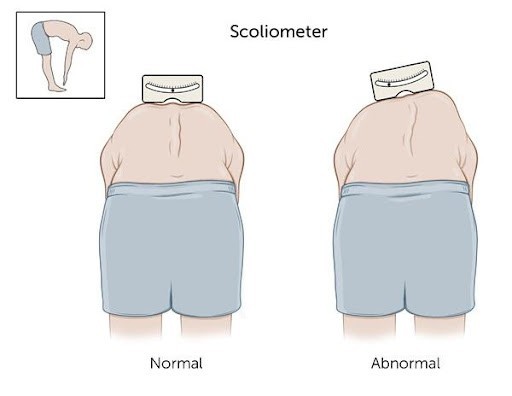Do You Know Your Spinal Curves?
Posted Mar 10, 2022 at 15:57
Posted Mar 10, 2022 at 15:57

We all have curves in our spine. They’re a fundamental part of the human anatomy and they allow our already amazing structure to do its job even better. Mainly they act as extra shock absorption to take force away from our vertebra and spinal discs so they can stay healthier for longer!

We can however have some uninvited spinal curves. Curves that exist laterally instead, making our spine C-shaped or S-shaped if you were to look at it from the back.
These curves are more commonly known as a scoliosis.
Scolioses are found more commonly in females and are usually spotted at between 10-15 years of age. Research suggests around 3% of the population have a scoliosis but I’d put money on that number being higher.
The main thing I want to talk you guys through today though, is that there are actually two DIFFERENT types of scoliosis, each with vastly different treatment protocols and potential outcomes.
The first type of scoliosis is a STRUCTURAL scoliosis.
A structural scoliosis is exactly what it sounds like. It’s built into the structure. The vertebra of someone with a structural scoliosis are a different shape to a healthy vertebra. In 8 out of 10 cases the reason for this is unknown. The other 2 out of 10 are due to a pre-existing medical condition such as cerebral palsy or Marfan’s syndrome.
From a treatment point of view, managing this to be as efficient as possible is the first port of call. If management is unsuccessful a risky surgery often proposed.
The second type of scoliosis is a FUNCTIONAL scoliosis.
Functional scolioses occur when the body is trying to adapt to something. This can be an old injury, poor long-term habits or a functional issue somewhere else in the body.
This type of scoliosis puts the joints and parts of the discs on one side of your spine under significantly higher pressure than the other, increasing wear and tear and making injury much more likely.
The good news about this type of scoliosis is that it is REVERSABLE. The body had only adapted to be that way because it thinks it needs to. We just need to show it that this isn’t the case.
The easiest way to tell between the two is by performing an Adams test (as shown above). In a functional scoliosis the spine should straighten up again once you bend forward. In a structural scoliosis, it will not.
